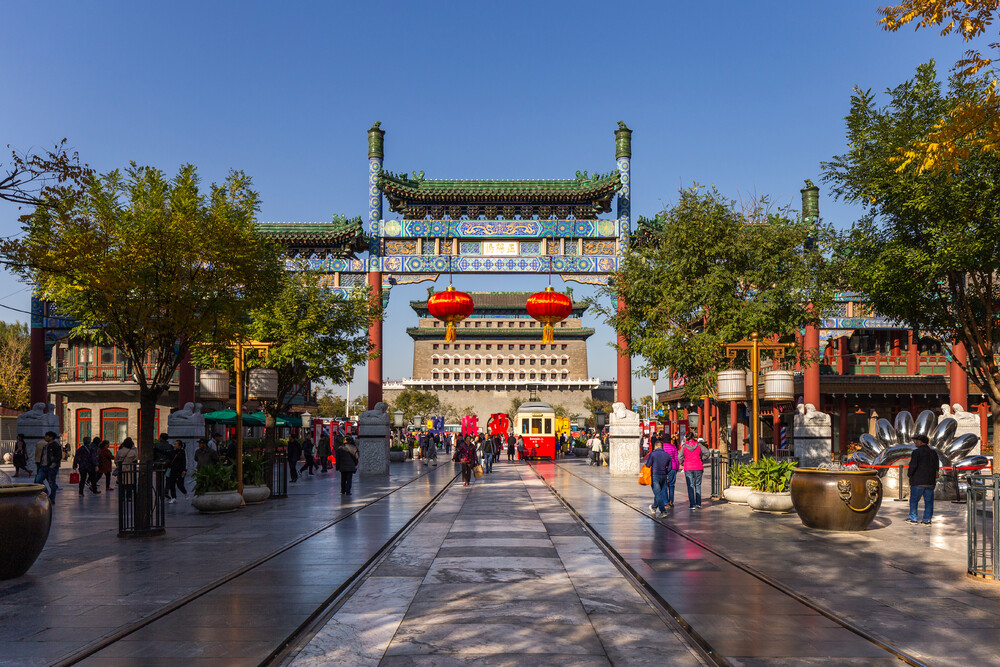
On July 27th local time, at the 46th World Heritage Convention held in New Delhi, India, by the United Nations Educational, Scientific and Cultural Organization (UNESCO), the "Central Axis of Beijing - A Building Ensemble Exhibiting the Ideal Order of the Chinese Capital" was inscribed on the "World Heritage List." With this, the total number of World Heritage sites in China has reached 59.
The "Central Axis of Beijing" runs through the old city of Beijing from north to south. It was initially constructed in the 13th century, took shape in the 16th century, and has since evolved and developed into the longest urban axis in the world, stretching 7.8 kilometers today. The 15 heritage elements that constitute it are: the Bell and Drum Towers, Wanning Bridge, Jingshan Park, the Forbidden City, Duanmen Gate, Tiananmen, the Outer Golden Water Bridge, the Temple of Earth, the Altar of Soil and Grains, Tiananmen Square and its architectural complex (Tiananmen Square, the Monument to the Peoples Heroes, the Chairman Mao Memorial Hall, the National Museum, and the Great Hall of the People), Zhengyang Gate, the southern section of the road remains, the Temple of Heaven, the Altar of Agriculture(Xiannong Altar), and the Yongding Gate.
The following are from the UNESCO website.
Description
Running north to south through the heart of historical Beijing, the Central Axis consists of former imperial palaces and gardens, sacrificial structures, and ceremonial and public buildings. Together they bear testimony to the evolution of the city and exhibits evidence of the imperial dynastic system and urban planning traditions of China. The location, layout, urban pattern, roads and design showcase the ideal capital city as prescribed in the Kaogongji, an ancient text known as the Book of Diverse Crafts. The area, between two parallel rivers, has been settled for about 3,000 years, but the Central Axis itself originated during the Yuan Dynasty (1271-1368) that established its capital, Dadu, in the northern part. The property also features later historical structures built during the Ming Dynasty (1368-1644) and improved during the Qing Dynasty (1636-1912).
Looking northward towards the Zhengyangmen Archery Tower from the southern section of Beijing Central Axis

